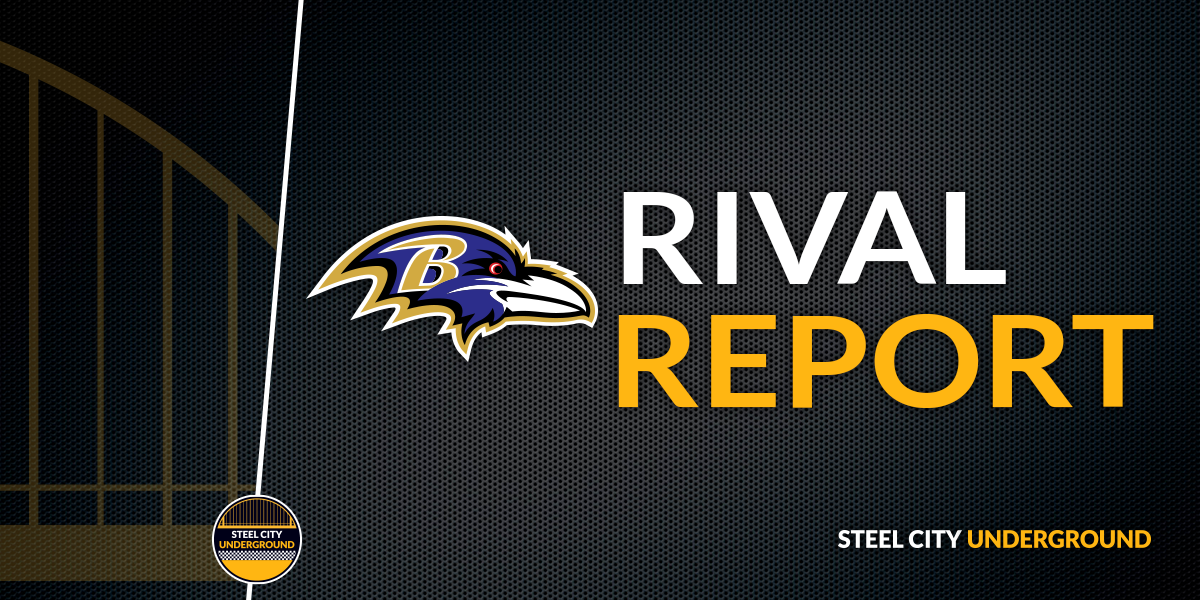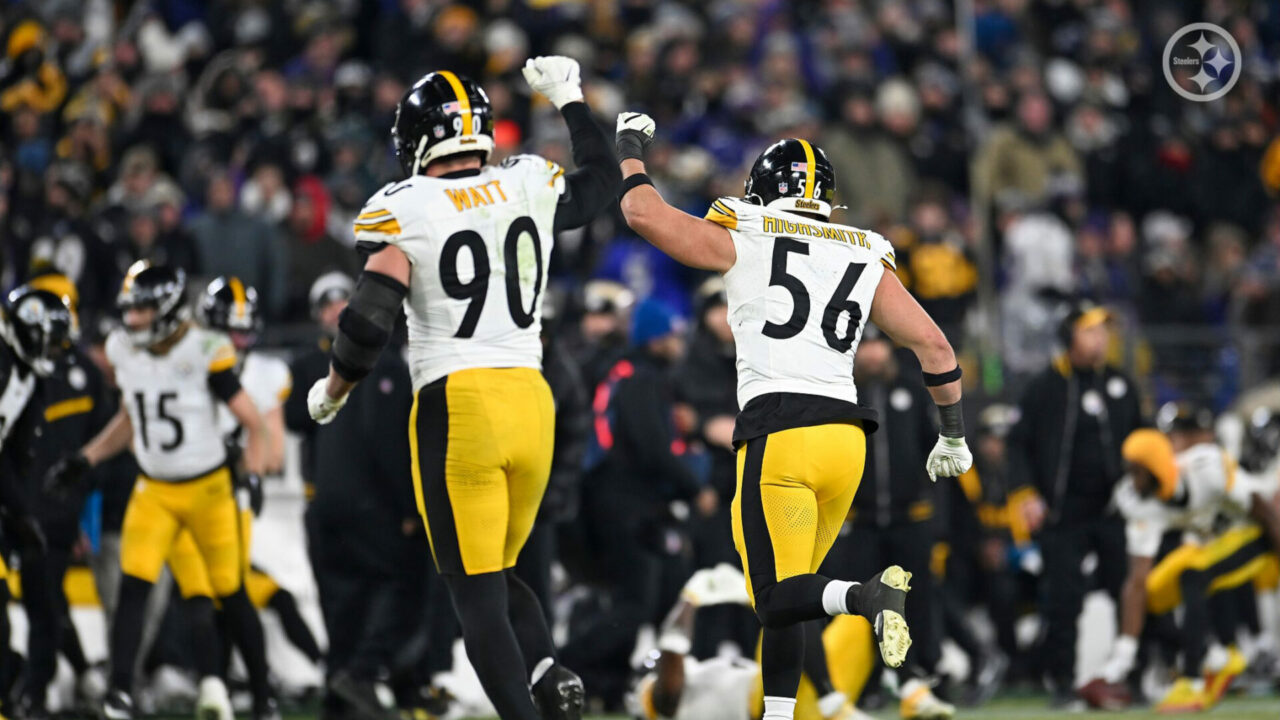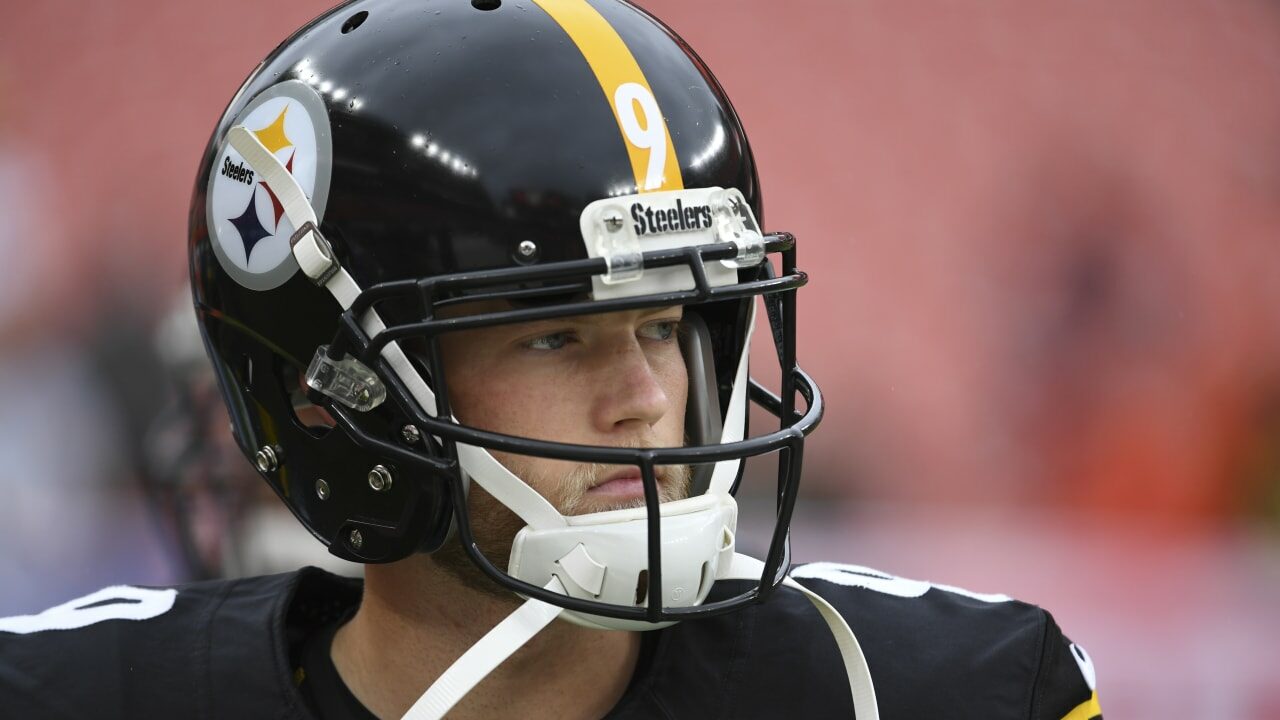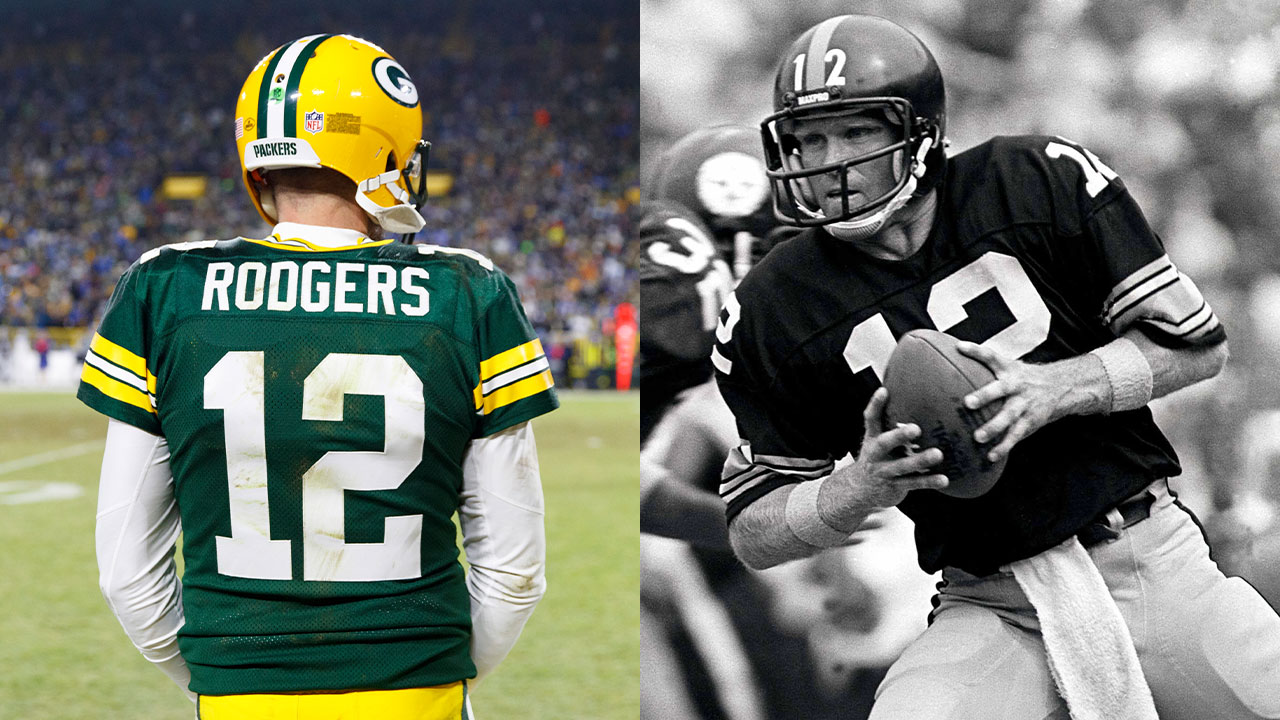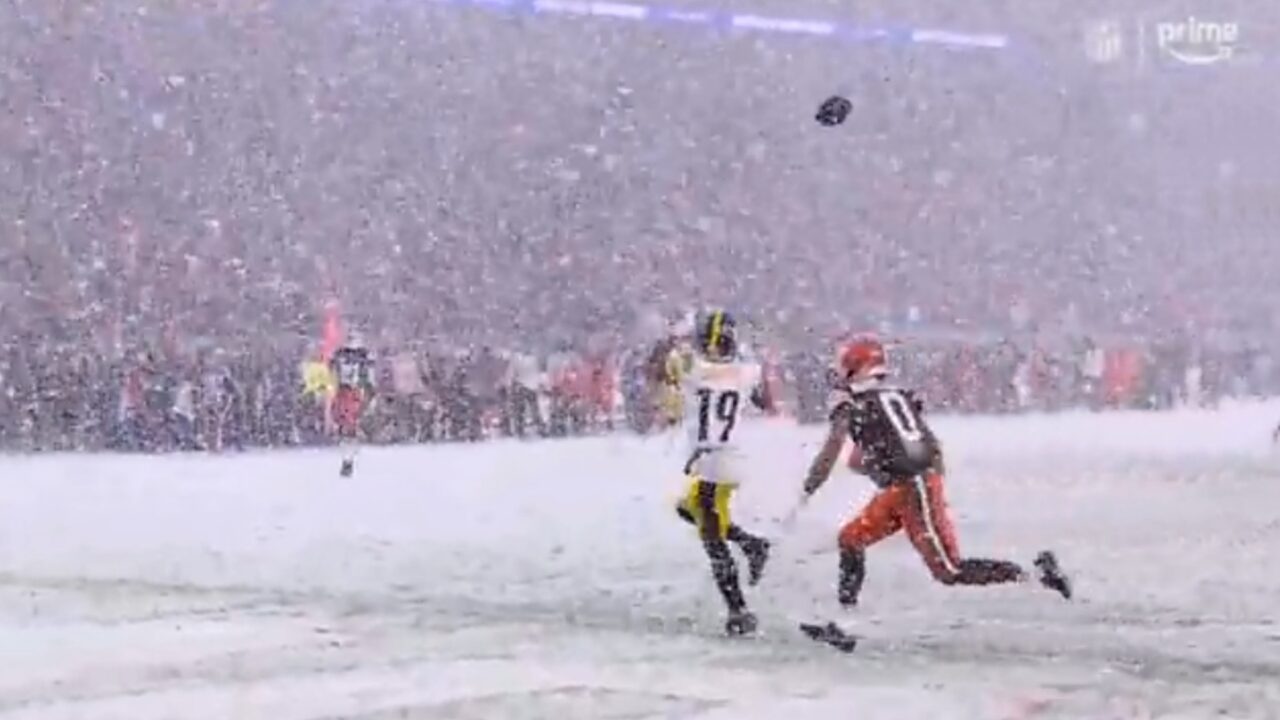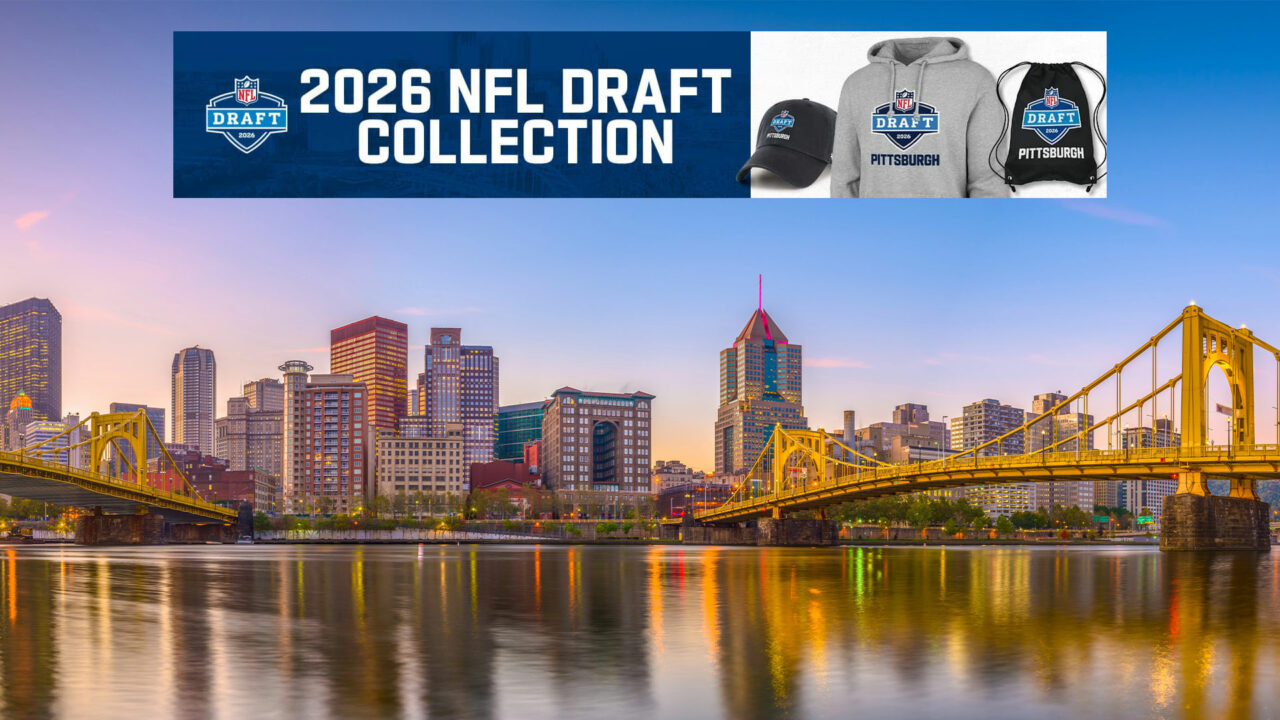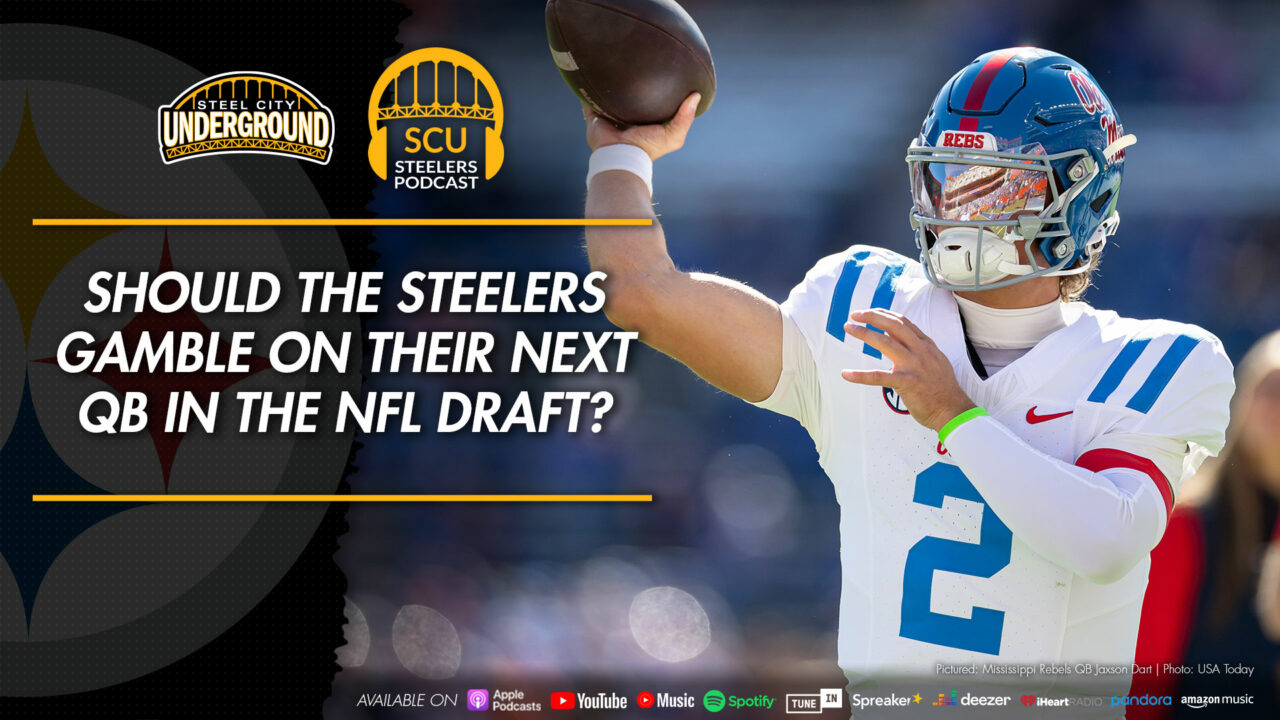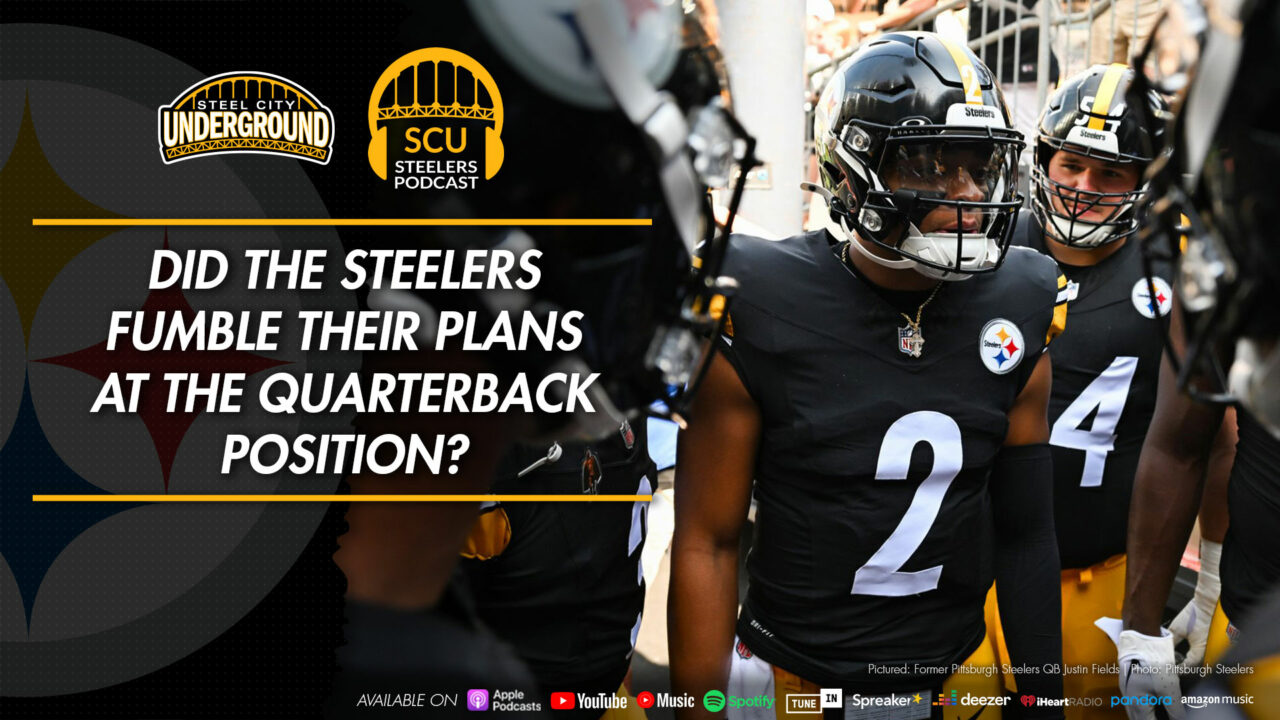Rival Report: Analysis of the Baltimore Ravens’ 2017 Draft
Steel City Underground will run a series of articles in 2017 under the ‘rival report’ headline aimed at analysis of the National Football League’s AFC North teams who are rivals to the Pittsburgh Steelers: the Cleveland Browns, Cincinnati Bengals and Baltimore Ravens. These will include team news, player and coaching staff quotes, transactions and critical information from rival camps.
The Baltimore Ravens have struggled with inconsistency over the last four seasons, only making the playoffs once since the 2012 season. The lack of winning ways has tainted Ozzie Newsome’s image as a football savant a bit.
Baltimore used the free agency period to grab two players they plan on utilizing right away: Safety Tony Jefferson (Cardinals) and running back Danny Woodhead (Chargers). Entering the draft, the Ravens understood a shallow running back rotation had forced quarterback Joe Flacco to throw the ball often enough that they had become one-dimensional.
A lack of wide receiver depth was concerning, as was the right tackle position vacated by Rick Wagner; a spot that could be filled by Alex Lewis. Baltimore was expected to look heavily at keeping Flacco protected a bit more in 2017.
While the defense was a bit better, the Ravens tanked late in the season. Defensive tackle Brandon Williams was re-signed to a very nice contract but the acquisition of defensive back Brandon Carr (Cowboys) may not help a thin defensive backfield. The team also needed edge and linebacker depth, much like each of their AFC North rivals.
Defending the backfield
Because Jimmy Smith suffered the injury bug last season, the Ravens grabbed Carr but they wanted to find someone that could allow Tavon Young to move back into the slot. When Baltimore went cornerback in the first round, it didn’t come as a huge shock. What got a double take from a few analysts was that at number 16 overall the Ravens chose Marlon Humphrey out of Alabama.
Humphrey looks the physical prototype for an NFL corner, but there is little certainty as to his ability to go head-to-head against top receivers at the next level. O.J. Howard was tumbling, but Newsome and company opted to go for the guy that allowed an average pass completed against him in college to go for 16.9 yards.
The Ravens must have felt good about his potential because he was the highest drafted defensive back since Chris McAlister was taken in 1999.
“They want to get back to playing Ravens football on defense. Marlon Humphrey gives them that opportunity, especially in their division where you have to chase around A.J. Green, now John Ross and of course Antonio Brown.” — Charles Davis
With their last pick in the draft, the Ravens selected defensive back Chuck Clark of Virginia Tech (round 6, pick 2 – no. 186 overall). Clark is considered to be a smart player who helps in run support from the safety position but he will have to compete against Eric Weddle, Tony Jefferson and Anthony Levine for a roster spot.
Triple dip of ‘D’
The Ravens utilized the second and third rounds to go heavy on defense, especially on the edge of their line. In the second round, Baltimore picked Tyus Bowser (LB, Houston), passing on an opportunity to grab a higher-rated receiver to help Flacco.
It’s hard to fault them for seeing it was a position that absolutely had to be addressed, however, especially with a rank of 24th in the NFL with just 31 sacks; only Terrell Suggs had more than four sacks all season. They could have gone for Kansas State’s Jordan Willis but the Ravens felt Bowser had the potential to be explosive and ready to play day one.
“On first down, (Bowser) can play off the line of scrimmage. In sub-packages, he’s a joker, he’s a real good chess piece. His best football is ahead of him.” — Mike Mayock
The Ravens had two picks in the third round and grabbed Chris Wormley (DE, Michigan) and Tim Williams (OLB, Alabama) at number 74 and 78 respectively.
Wormley gives Baltimore competition at the 3-4 defensive end spot due to Lawrence Guy signing with the Patriots as a free agent and just two untested youngsters in Bronson Kaufusi and Brent Urban at the position. Both Kaufusi and Urban dealt with injuries and the fact that there is a Harbaugh brothers connection may give Wormley a boost.
That Williams fell into their lap after they overlooked him in the first round was fortuitous for Baltimore with several teams hunting for a playmaker on the edge.
With no Elvis Dumervil on the roster, Williams will push Za’Dariys Smith and Matthew Judon for a starting spot. Williams hasn’t shown he is an every-down defender yet, though he’s had the chance.
Draft plus-minus with grade
The Ravens went offense for their fourth- and fifth-round selections, but wide receiver was mysteriously left off the list. A lack of a seventh round pick may have hurt Baltimore here.
Offensive guard Nico Siragusa (San Diego State) is no relation to Tony Siragusa, but he could become the starting left guard and has great upside as a run blocker. Offensive lineman Jermaine Eluemunor (Texas A&M) is an agile former rugby player who potentially could start at right tackle, but he has a lot to prove before the regular season starts.
Baltimore will look to undrafted free agents, apparently, to address depth at the wide receiver. It wouldn’t be a long-shot to guess they’ll bring in more help in the offensive backfield and other areas of need.
This was a break-even draft for the Ravens and even though they selected some talented players, there is a lot of uncertainty as to how many of the 2017 selections will have an immediate impact.
Baltimore falls on the ‘plus’ side with who they picked, but a ‘B-minus’ overall – mainly because their offense continues to lack explosiveness. If Flacco doesn’t get more targets through free agency, expect a very one-dimensional offense again in 2017.
